Dietary addition of mussel meal resulted in a significantly higher final weight, weight gain, relative growth rate and lower FCR
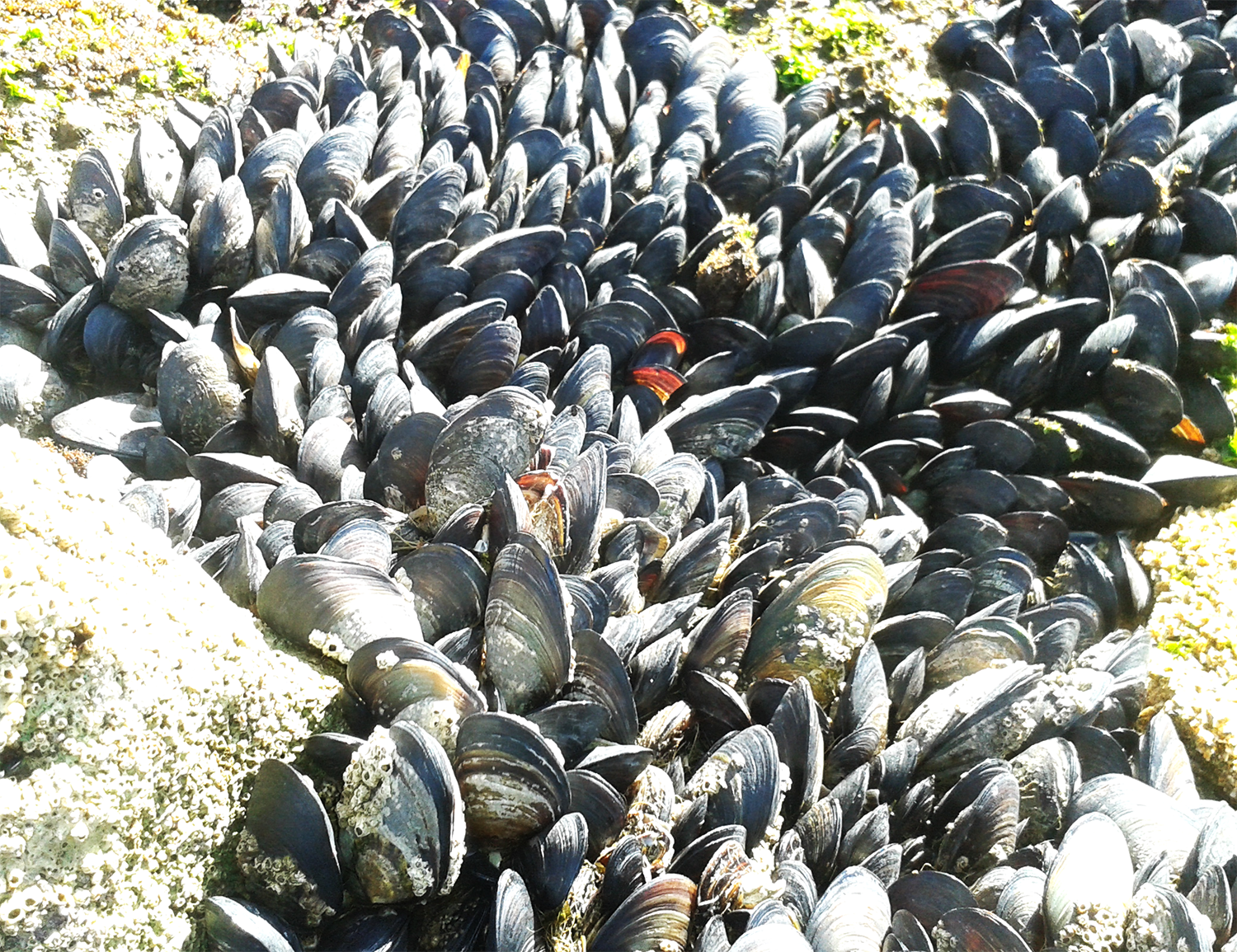
Brown mussel meal may be a potential alternative ingredient or additive for shrimp aquafeeds. Its nutritional characteristics are similar to those of fishmeal, with a similar amino acid and lipid profile. Additionally, mussels remove nitrogen and phosphate from water by filtering nutrient particles and microscopic organisms, converting non-food into food.
Undersized mussels that are not used for human consumption or are grown specifically to reduce the overload of nutrients can be used to produce mussel meal. By using mussel meal as an alternative ingredient for aquafeeds, nitrogen and phosphate are eco-cycled and the mussel shells may be used for poultry feed, thereby contributing to lowering the carbon footprint of production.
Several studies have shown that mussel meal from different species can be utilized as a viable alternative ingredient and is a good option for replacing fishmeal or as a feed additive. Research has shown that the replacement of 25 to 50 percent of fishmeal with mussel meal does not impair growth performance and/or feed efficiency in several cultured fish species like Arctic char, common sole, turbot and others. Also, the dietary inclusion of mussel meal (up to 60 percent) did not affect the growth, feed efficiency and survival of giant tiger prawns (Penaeus monodon).
Due to its high economic value, the areas in which L. vannamei shrimp are farmed have been expanded to sub-tropical areas. Therefore, low temperatures have become some of the major constraining factors in its farming, as cold temperatures affect their health by suppressing their immune system and disturbing various physiological processes. In Southern China, shrimp farming has been affected by winter mortality for several decades. In Southern Brazil, where the weather is quite unstable, cold stress plays an important role as a natural trigger for disease outbreaks in farmed L. vannamei. Mussels have high levels of some free amino acids and polyunsaturated fatty acids (PUFAs) and are a rich source of vitamins and minerals. In fish, several of these nutrients have been associated with cold resistance.
This article – summarized from the original publication (Claessens, S. et al. 2023. Mussel Meal as a Promotor of Growth Performance for the Whiteleg Shrimp (Litopenaeus vannamei). J. Mar. Sci. Eng. 2023, 11(9), 1670) – reports on a study to identify whether brown mussel, Perna perna, meal can be used as a feed additive in Pacific white shrimp (Litopenaeus vannamei) diets to improve their growth and resistance to thermal shock.
Study setup
This experiment was carried out at the Marine Shrimp Laboratory (Laboratório de Camarões Marinhos (LCM/UFSC)) at Barra da Lagoa, Florianópolis, Brazil. The shrimp were acquired from Aquatec, a commercial laboratory located in Cangueretama, RN, Brazil. The L. vannamei shrimp were maintained in a 50-cubic-meter nursery tank and cultured in a biofloc system until they reached the initial weight required for the experiment (3.5 ± 0.5 grams).
Five experimental diets (0, 1, 2, 3 and 4 percent inclusion of mussel meal in experimental diets) were tested in quadruplicate in twenty 400-liter polyethylene tanks. Each tank was stocked with 40 shrimp (3.5 ± 0.5 grams), filled with seawater and kept under constant aeration and a temperature of 28.4 ± 0.4 degrees-C. After eight weeks, the growth and feed efficiency of the shrimp were evaluated and a thermal shock was administered.
This study also assessed whether the inclusion of mussel meal had a positive effect on the cold resistance of the shrimp. On day 57 (one day after finishing the experiment), 10 animals from each tank were subjected to an abrupt, potentially lethal thermal stress (cold shock). The thermal shock test was applied to show the possible effects of the addition of mussel meal on the immune system of the shrimp in the face of sudden temperature changes that are common in tropical and subtropical regions.
The experimental design considered the parameters that occur in practice in Brazilian farms and the challenges that the shrimp may experience. The 10 shrimp (18.0 ± 1.8 grams) were simultaneously transferred from tanks with seawater at a temperature of 28.4 ± 0.4 degrees-C to a 60-liter aquarium filled with ±25 liters of seawater at a temperature of 10.9 ± 0.1 degrees-C under constant aeration, where they were maintained for 1 hour. After this period, the shrimp were transferred to tanks containing ±30 liters of seawater at a temperature of 28.5 ± 1.0 degrees-C, and mortality was monitored for 48 hours. The seawater used in the thermal shock trial was from the same reservoir as the experiment, at a salinity of 30.5 ppt.
For detailed information on the experimental design, animal husbandry, diet preparation, data collection and analysis, refer to the original publication.
The great mussel debate: What’s wild, what’s farmed and what certification scheme fits the bill?
Results and discussion
Treatments 1 and 2 percent had significantly better results than the other treatments, with higher final weights, weight gain and relative growth rates. The weekly weight gain in the present study was above 2 grams per week, similar to the values found by other researchers for L. vannamei shrimp fed diets containing 35 percent crude protein and the inclusion of 2.5 percent squid meal.
Other researchers who included 1 percent krill meal in the shrimp diets, reported a weekly growth of 1.01 ± 0.07 grams in a clear water system using the same density as our study (100 shrimp per cubic meter). An addition of 3 or 4 percent mussel meal to the diets showed similar results as the control, with a weekly weight gain of around 1.85 grams. Mortality was low and similar in all treatments and possibly related to stress caused by the management of the intensive system.
Marine ingredients like krill meal, squid meal and mussel meal contain substances that act as chemoattractants and feeding stimulants for shrimp and may result in increased feed consumption and decreased waste. In our study, the addition of 1 and 2 percent mussel meal increased feed intake, indicating that up to a certain level, this ingredient may be used as a feeding stimulant. Interestingly, besides the higher feed intake, these shrimp also grew better, resulting in a lower FCR compared to shrimp fed on the other diets.
There is a limited body of recent literature exploring the inclusion of mussel meal as a potential ingredient in shrimp diets, highlighting a significant information gap that can be studied. In our research, we identified that the inclusion of small amounts of mussel meal in the diet of L. vannamei shrimp can potentially improve their production performance.

Marine bivalves as a potential ingredient for the aquafeed industry have been suggested, because – in addition to having high levels of protein, vitamins C and B2 and minerals such as iron and magnesium – these organisms are low-trophic-level filtering species and can be cultivated to mitigate excesses of nutrients in marine environments.
For several cultured fish species, various research studies have reported that mussel meal has high potential as a supplement or a fishmeal replacement in diets, resulting in similar or better growth performances. In the present work with shrimp, increases in feed intake were also found for the 1 and 2 percent levels of dietary mussel meal inclusion. Our statistical models corroborate that the best inclusion levels are from 1.73 to 2.00 percent, indicating that mussel meal can work well as a strategic nutritional additive for marine shrimp diets.
Mussel meal is rich in different compounds like minerals and unsaturated fatty acids that could improve the robustness of shrimp, as shown in previous studies. Researchers have reported on the beneficial role of a diet enriched with highly unsaturated fatty acids regarding tolerance to handling stress and the immune response of L. vannamei shrimp juveniles, and an improvement in their osmoregulation capacity when their diets were supplemented with unsaturated fatty acids.
In our study, we found no differences in survival among the treatments after the cold shock (10.9 ± 0.1 degrees-C). This may be related to the final weight of the animals, which was higher than the final weight of the animals in previous studies. The size of the shrimp plays a significant role in their resistance to cold shock, with juvenile shrimp exhibiting greater resilience compared to post-larval shrimp.
Furthermore, resistance to cold shock may be directly related to the concentration of unsaturated fatty acids in the diet, which are capable of impacting cell membrane fluidity. We did observe a slightly higher lipid content in the diet with the inclusion of 4 percent mussel meal, and the lowest mortality rate during the first hours of the thermal shock challenge was observed for this treatment, although the accumulated mortality data did not show statistical differences at the end of the 48 hours.
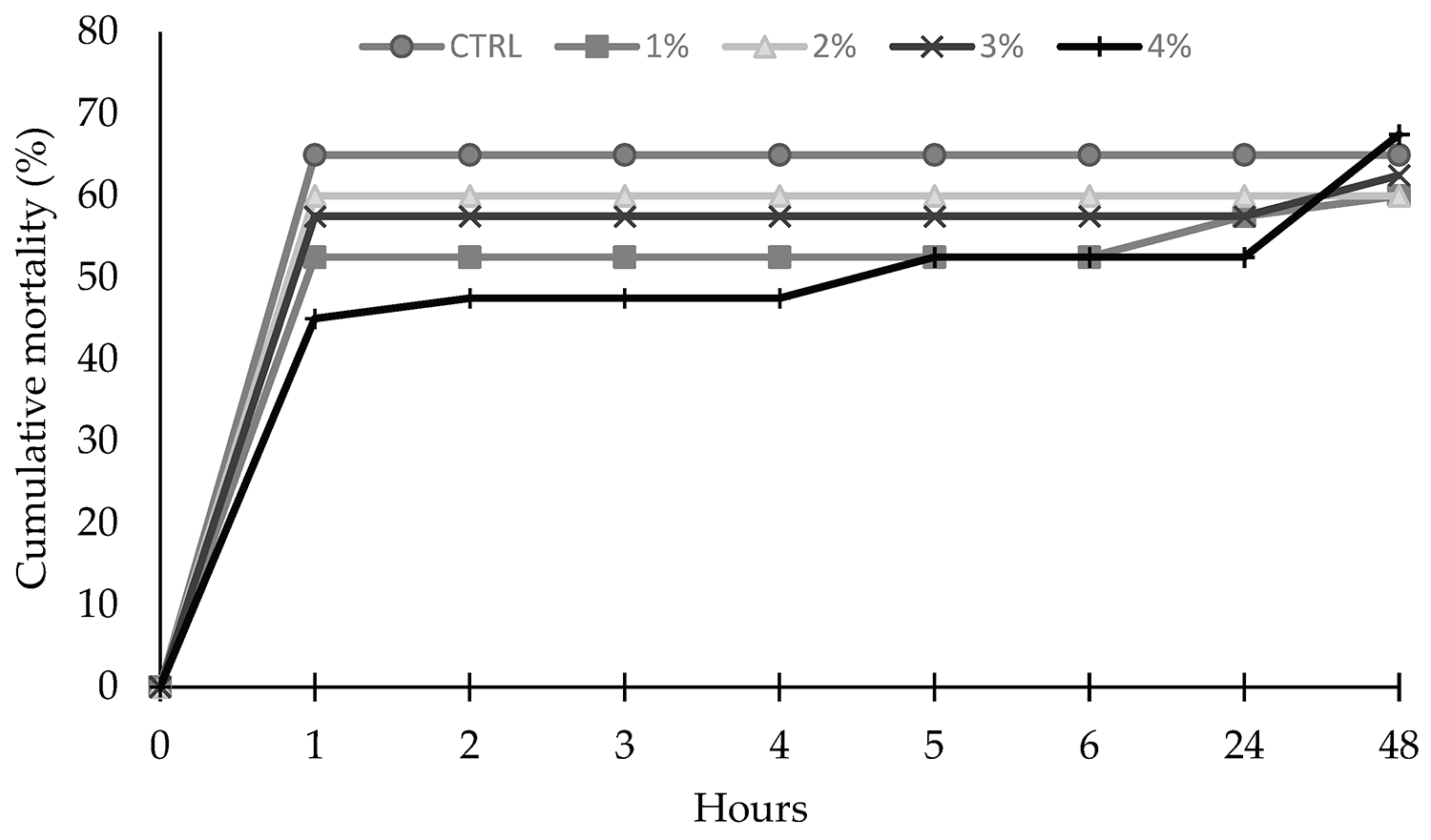
Mussels have considerable amounts of docosahexaenoic acid (DHA) and eicosapentaenoic acid (EPA), which are long-chain unsaturated fatty acids that improve immunity and positively impact the growth and zootechnical performance of L. vannamei shrimp, although the nutritional requirement is not well defined. Thus, the impact of mussel meal on the tolerance of shrimp to thermal shock and on their immune responses appear to deserve further investigation.
Perspectives
Results showed that shrimp fed with diets with 1 and 2 percent brown mussel meal inclusion had significantly higher final weights, weight gain, relative growth rates and lower feed conversion ratios than the shrimp fed with the control, 3 and 4 percent mussel meal diets. The shrimp fed with the 2 percent mussel meal diet showed the best growth results. After eight weeks of the experiment, the shrimp from this treatment were significantly heavier by 10 percent than the control shrimp. Further, no differences were observed in cold resistance and survival among the treatments. In conclusion, brown mussel meal can be used as a potential additive in L. vannamei shrimp diets to promote growth, and inclusion levels between 1.73 and 2.00 percent are indicated.
Now that you've reached the end of the article ...
… please consider supporting GSA’s mission to advance responsible seafood practices through education, advocacy and third-party assurances. The Advocate aims to document the evolution of responsible seafood practices and share the expansive knowledge of our vast network of contributors.
By becoming a Global Seafood Alliance member, you’re ensuring that all of the pre-competitive work we do through member benefits, resources and events can continue. Individual membership costs just $50 a year.
Not a GSA member? Join us.
Author
-
Dr. Felipe Nascimento Vieira
Corresponding author
Laboratório de Nutrição de Espécies Aquícolas, Federal University of Santa Catarina, Armação 88066-260, Florianópolis, Brazil[114,98,46,99,115,102,117,64,97,114,105,101,105,118,46,101,112,105,108,101,102]
Tagged With
Related Posts
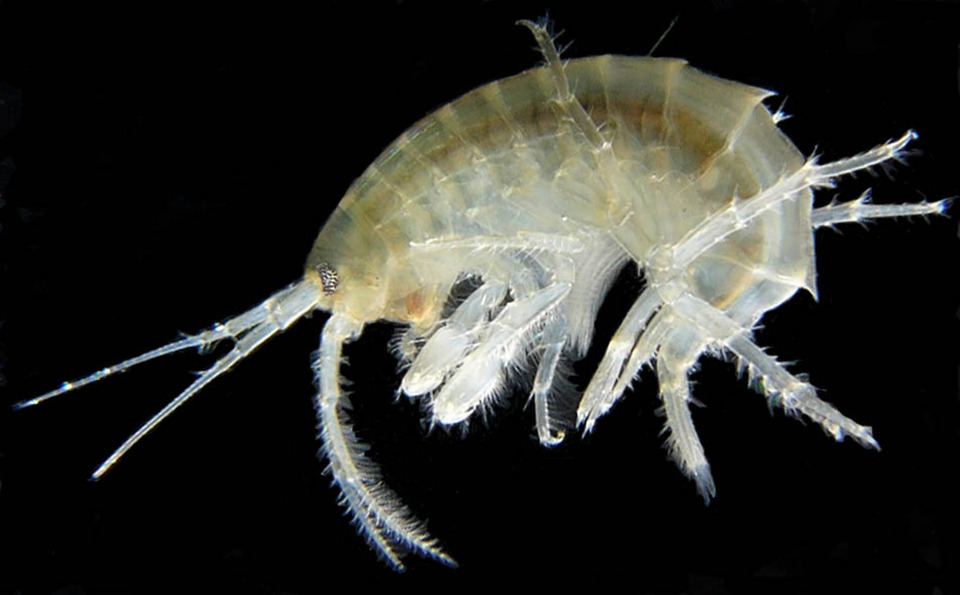
Aquafeeds
Underutilized marine organisms as potential aquaculture feed ingredients
Evaluating potential of underutilized marine organisms as candidates for aquafeed ingredients, emphasizing unfed low-trophic-level species.
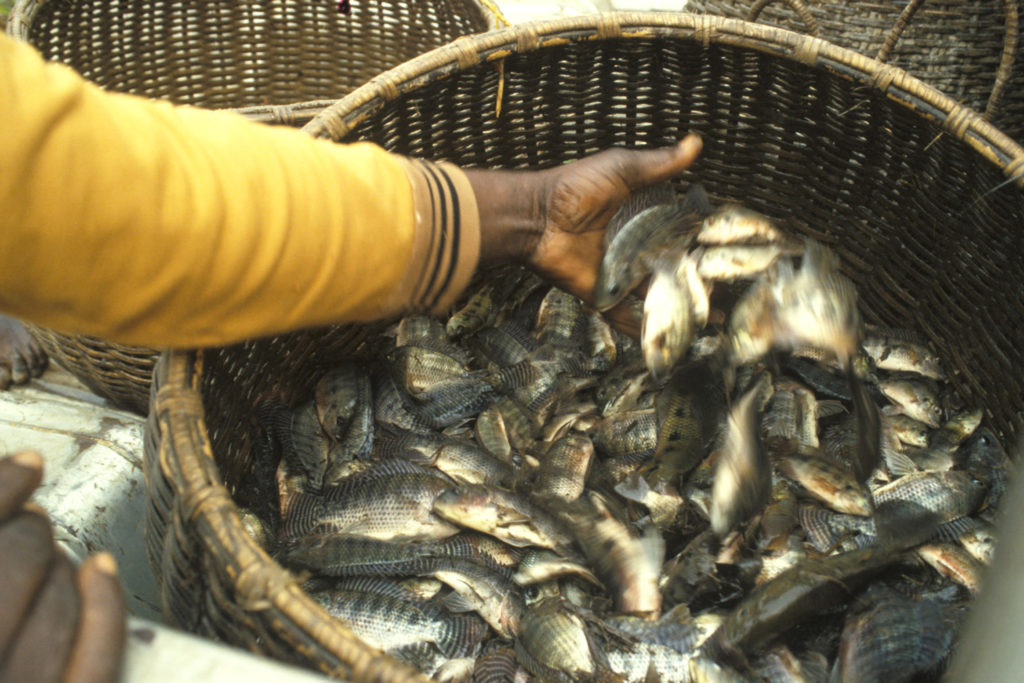
Responsibility
A helping hand to lend: UK aquaculture seeks to broaden its horizons
Aquaculture is an essential contributor to the world food security challenge, and every stakeholder has a role to play in the sector’s evolution, delegates were told at the recent Aquaculture’s Global Outlook: Embracing Internationality seminar in Edinburgh, Scotland.
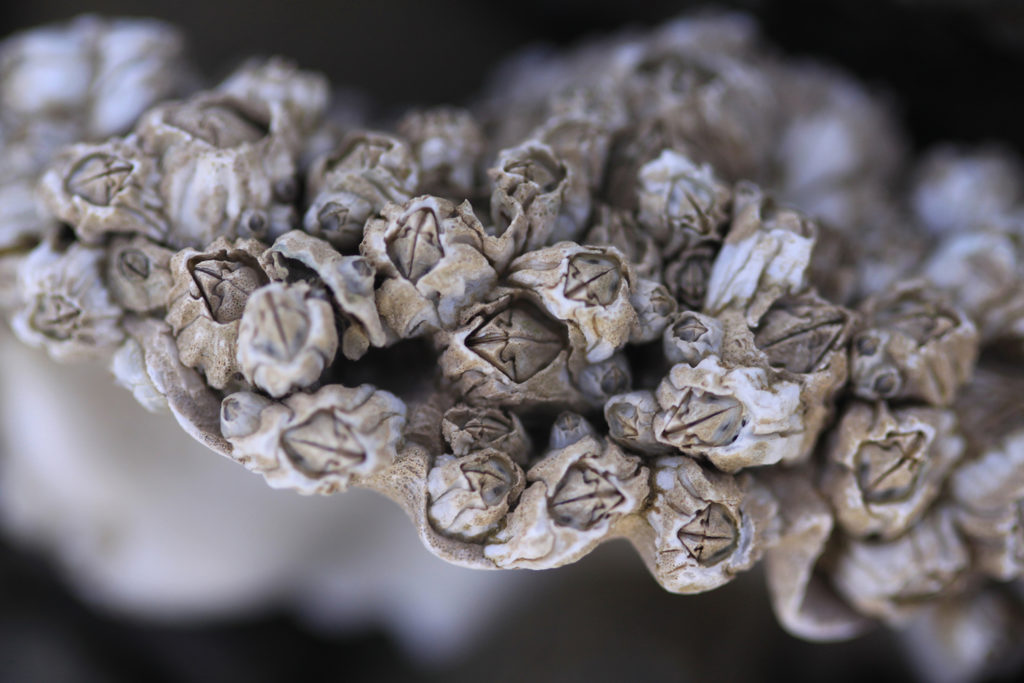
Aquafeeds
Barnacles to shake up live feeds for aquaculture?
Norwegian startup Planktonic AS believes that it has hit upon a viable alternative to traditional live diets in the form of nauplii from barnacles.
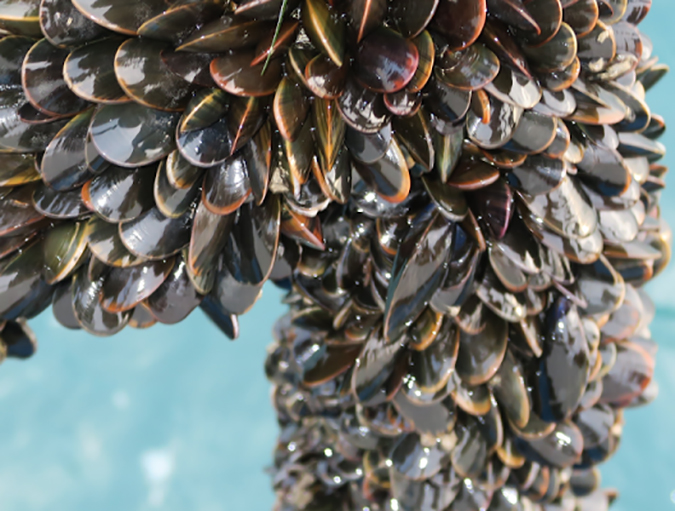
Innovation & Investment
Pioneering U.K. mussel farm channels innovation, ambition
John Holmyard’s family has navigated a complex journey to get their rope-grown mussel farm operational in the waters off southern England. Offshore Shellfish Ltd. has solved the puzzles of bespoke equipment, a perplexing permitting process and the social license to operate.



